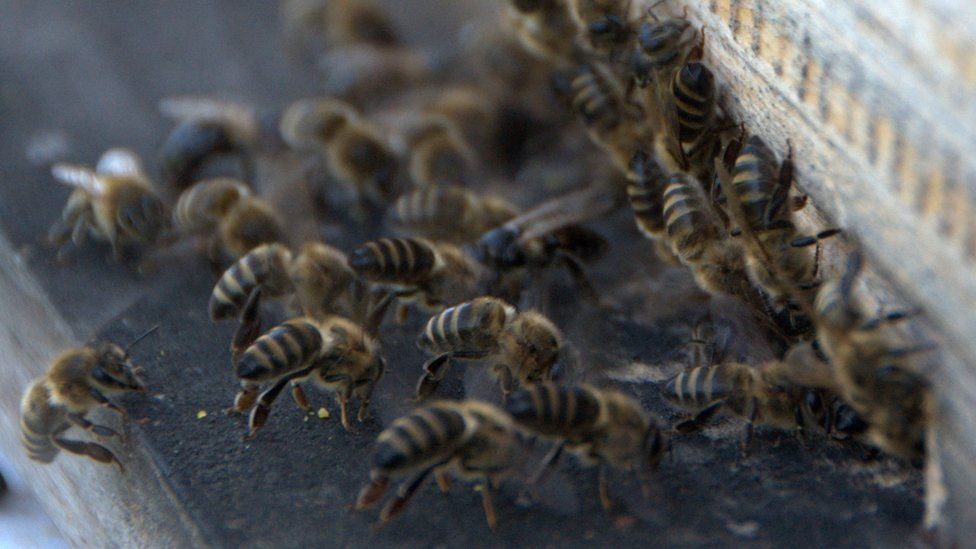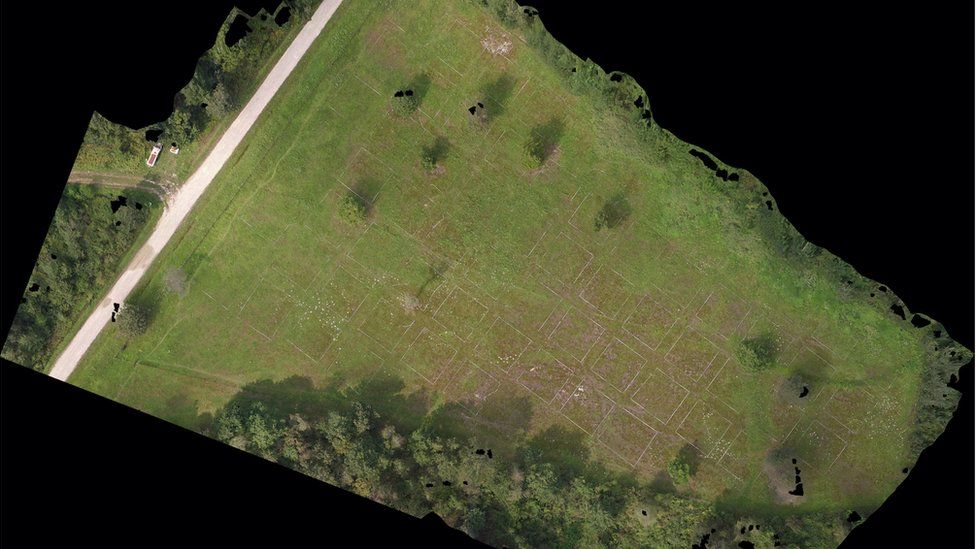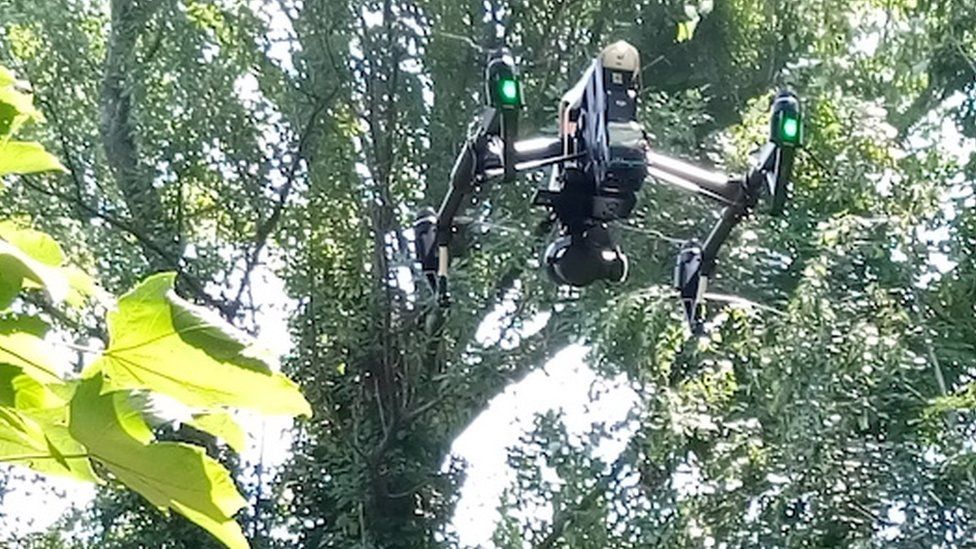Mines are still present in Croatia, Bosnia and Herzegovina, and many countries through the world. Humanitarian demining is expensive, time consuming and presents high risks and threats. Besides well-developed techniques and procedures, use of biological methods is recommended. Existing bio-systems, including bee colonies, can be trained and used efficiently as standalone detection tools.
The goal of the project “Biological Methods (Bees) for Explosive Detection“ is to develop innovative methods and technologies for landmine detection through the advancement and integration of current state of the art techniques – honeybees in combination with explosive vapour sensors and advanced imaging techniques. This project aims to develop a innovative approach, using three different techniques: training honeybees for explosive detection, polymer films as an explosive sensor, and honeybees imaging over the landmines will be integrated to provide a flexible, sensitive, and robust technology.
Honeybees are known for their ability to “sniff” a variety of compounds from drugs to pesticides to CBRN materials; explosives have also been shown to be detectable by honeybees. Two main methods will be used with the trained honeybee colonies: the passive and the active method. In the passive method, bees are allowed to fly freely around a particular area, and when they return to the hive, the hive environment can be sampled for any explosive materials picked up by the bees.
The second, active method, mode involves the trained bees that fly towards a specific odour in a contaminated area. This is achieved by exposing the bees to, for instance, TNT when given syrup. The bees associate the smell of TNT with sugar syrup, and so when released into the field they hover above a landmine. In this project we will use high-definition cameras alongside thermal cameras. By using three drones simultaneously equipped with high-definition cameras, the area can be overlaid for higher reliability. The methods may be applied to the suspected area reduction and to confirm completion of the demining process in internal and external quality control.
While these new tools will be tested in Croatia and Bosnia and Herzegovina, they are low-cost technologies appropriate for use in many countries around the world. The major objective the project is to work with end-users and experts to ensure a high-impact delivery of the project’s results.
Duration of the project is three years (started on 03rd November 2017) and it is financed by the NATO Science for Peace and Security Programme.
“We wanted to try to exclude humans from potential danger… and try to use drones,” says Vladimir Risojević from the University of Banja Luka in Bosnia and Herzegovina. “It’s very difficult for human observers to find these flying bees in this video footage let alone computer vision systems,” he says. “There were moments when I thought that we are outright crazy for trying to do that but I am pleasantly surprised with the results that we obtained.”
In tests described in a recently published paper, the algorithm proved more than 80% accurate at tracking these digital bees.
The researchers then took to a minefield, a safe one with real but defused mines buried in undisclosed locations at the Croatia Mine Action Center, to see how the system performed under authentic conditions.
Details of the test results are yet to be published in an academic paper but Prof Risojević says there was a strong correlation between where the bees clustered and the locations of known mines at the test site.
At the moment, the system works by using drones programmed to fly along a predetermined route, criss-crossing the minefield while capturing footage of the bees as they buzz around. Analysis of the footage later reveals where the bees clustered.




